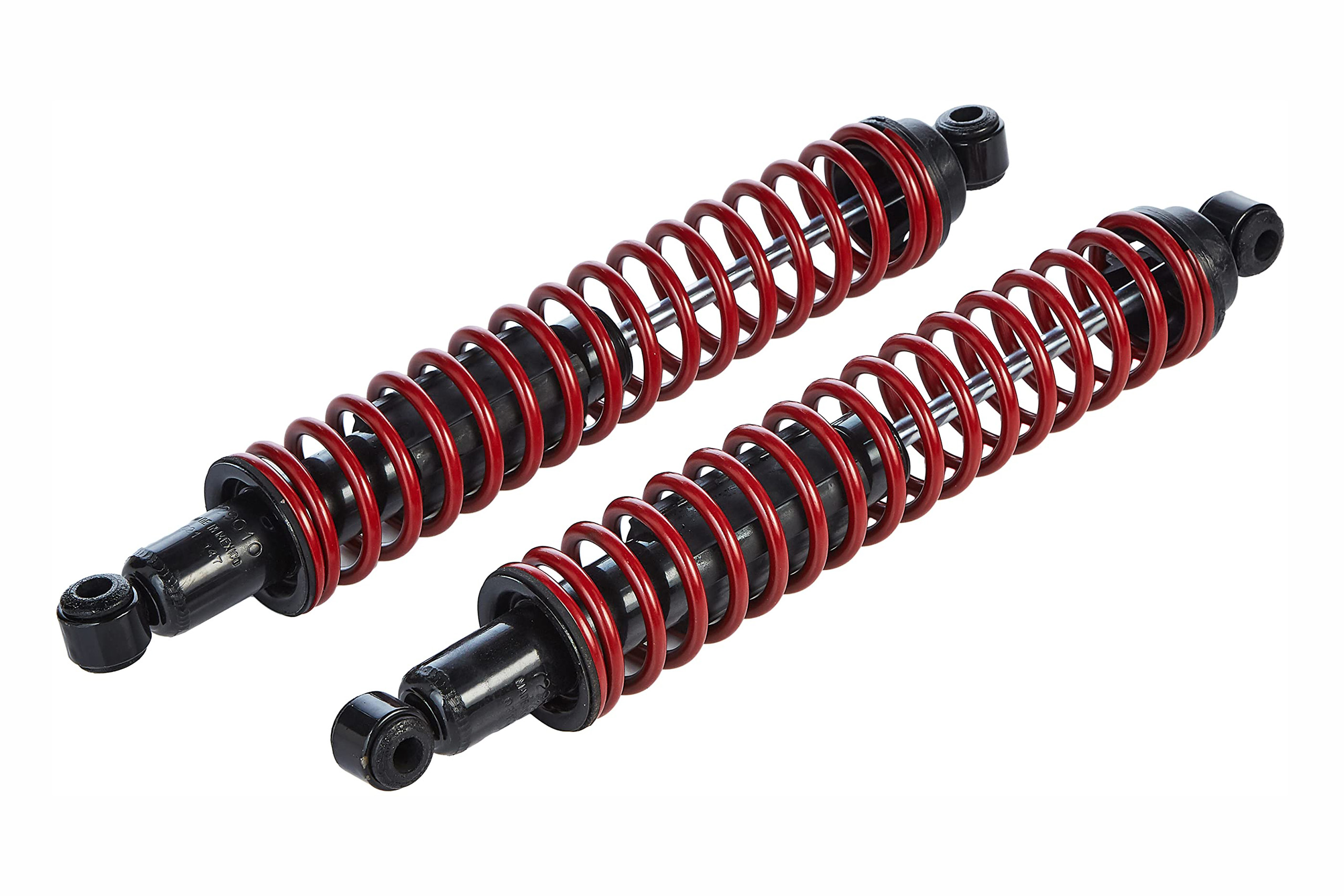Introduction
Shock absorbers, which are produced by reputable manufacturers in the automotive industry, play a vital role in modern vehicles. Their main function is to minimize the impact of uneven road surfaces, ensuring a smoother and more comfortable ride for the driver and passengers. Additionally, shock absorbers are critical to maintaining constant contact between the tires and the road throughout the journey. Since tires are crucial for maintaining stability and control, a malfunctioning or damaged shock absorber can significantly affect the vehicle’s handling, steering, and braking, making driving a difficult task.
Contrary to common belief, shock absorbers do not primarily serve the purpose of bearing the weight of a vehicle. Instead, they function by converting kinetic energy into heat or thermal energy through an exchange mechanism. This concept may initially appear complex, but it is actually simpler and more comprehensible than one might assume.
The typical shock absorber consists of various components such as a cylinder, piston, hydraulic fluid, and springs. Within the cylinder, the piston moves up and down while encountering hydraulic fluid, which is both compressed and permitted to flow through small and regulated holes. These small holes control the amount of oil that passes through the piston, effectively reducing the speed of the springs’ movement and preventing any bouncing effect. By regulating the movement of hydraulic fluid inside the cylinder via the piston, the wheels are kept firmly in contact with the road surface.
When the suspensions of your vehicle are faulty, they will permit an increased flow of hydraulic fluid through the openings. This can result in a wheel-bouncing effect, particularly when travelling at higher speeds. The velocity of the vehicle reduces the resistance of the hydraulic fluid, which ultimately leads to an unpleasant and potentially hazardous driving experience.
Different Varieties of Shock Absorbers
Different types of shock absorbers are commonly used nowadays, and even though they have distinct designs, they all serve the same purpose. Certain types of shocks are more suitable for specific applications, and newer designs are implemented in modern vehicles. However, suspensions are specifically designed to accommodate one of three potential scenarios, which are described in detail below.
Billing Aquadrome may no longer be involved, but the event continues, just as exciting as before. That’s because having built and managed the off-road course and much of the camping over the last few years. Your visit isn’t complete without the billing off-road show experience!
i. Traditional Adjustable Dampers
Telescopic shock absorbers, being the most basic and widely used type of suspension, are relatively uncomplicated and can be easily replaced. They are commonly employed in both the front and rear suspension systems of vehicles. Notably, Telescopic shock absorbers are cost-effective and are often chosen when there is a limited budget available.
ii. Understanding the Function of Shock Absorbers
Strut shock absorbers bear striking resemblances to telescopic ones. They exhibit greater strength and efficiency, making them ideal for applications that involve heavy loads and higher forces. This type of suspension system is commonly found in the front and rear of medium to large-sized vehicles. Strut-type shock absorbers can be categorized into two types: repairable and sealable units.
Repairable units are equipped with interchangeable strut cartridges, allowing for replacement with more effective and capable ones when necessary. Sealable units, on the other hand, require complete replacement within the suspension system to ensure improved performance. Therefore, it is advisable to replace all sealable units in your strut shock absorbers if you are considering an upgrade. This guarantees optimal and seamless performance, resulting in a smoother and more comfortable ride.
iii. Spring-Loaded Seat Suspension System
Spring seat shocks, also known as telescopic and strut shock absorbers, operate similarly to struts but have some limitations. These shocks utilize a spring for dampening, usually in a single-unit design. However, they are not suitable for high-force or heavy-load applications due to their inferior strength, precision, and efficiency compared to struts.

